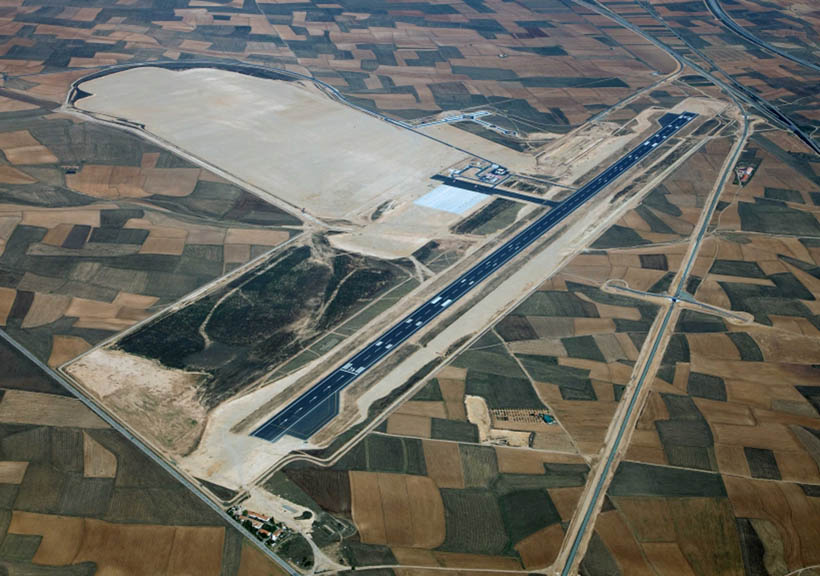We use cookies on our website to give you the most relevant experience by remembering your preferences and repeat visits. By clicking “Accept All”, you consent to the use of ALL the cookies.
PURIFYING SYSTEM
Drinking Water Filtration System and Water Treatment Processes
Drinking Water Filtration Systems
The type of filtration system most commonly used for water purification systems is called the rapid sand filter. The diagram at the right shows the general setup of this type of water filtration system. It consists of an underdrain system covered by a layer of coarse gravel, with a layer of sand filter medium supported by the gravel. The influent to the rapid sand filter (sedimentation tank effluent) enters through the wash water troughs and overflows onto the filter medium. The filtered water leaves through the underdrain system. At regular intervals, wash water is introduced through the underdrain system and flows upward through the filter carrying out the accumulated particles from the filter, and exiting through the wash water troughs.
Drinking Water Treatment Processes
Drinking water treatment is carried out by a variety of water purification systems for removal of detrimental chemicals and other materials, as necessary for elimination of taste, odor or health problems, as well as disinfection to eliminate pathogenic (disease causing) microorganisms. Processes often used for surface water treatment include coagulation/flocculation, sedimentation, filtration, and chlorination. Other processes sometimes used for water treatment are softening, iron and manganese removal, and activated carbon adsorption.
Drinking Water Disinfection with Chlorine
Disinfection by chlorine was first started in the early nineteenth century to get rid of cholera and typhoid that were extensive in different parts of the globe. Chlorination is now one of the most widely utilized techniques for water disinfection. It is useful for neutralization of most types of organisms. During the last quarter of the twentieth century, scientists became worried about the discharge of chlorine byproducts. However, their effects were neutralized or reduced by exclusion of organic matter from the water before addition of chlorine and by the use of carbon adsorption. Chlorine or its compounds like chlorine dioxide are most commonly used for chemical water disinfection. Since chlorine is an effective oxidant, it promptly kills most damaging organisms. All types of chlorine are extensively utilized. Since chlorine is a poisonous gas, its release during use may be dangerous, so proper safety precautions are needed for its use.










